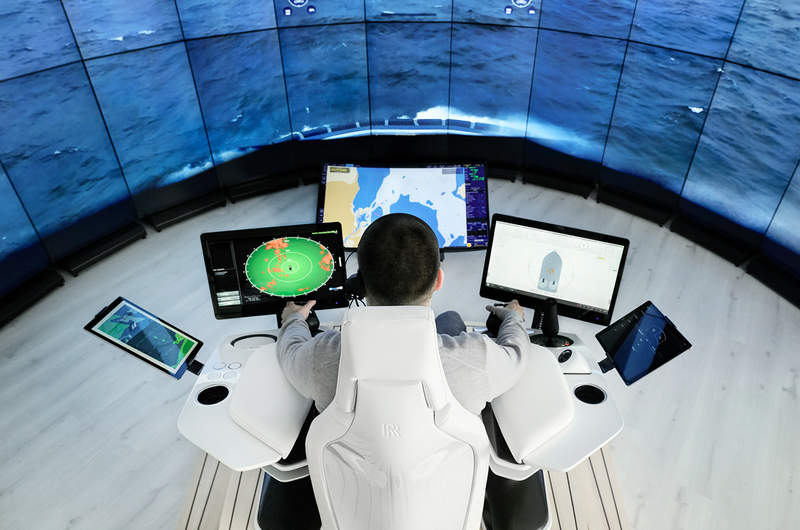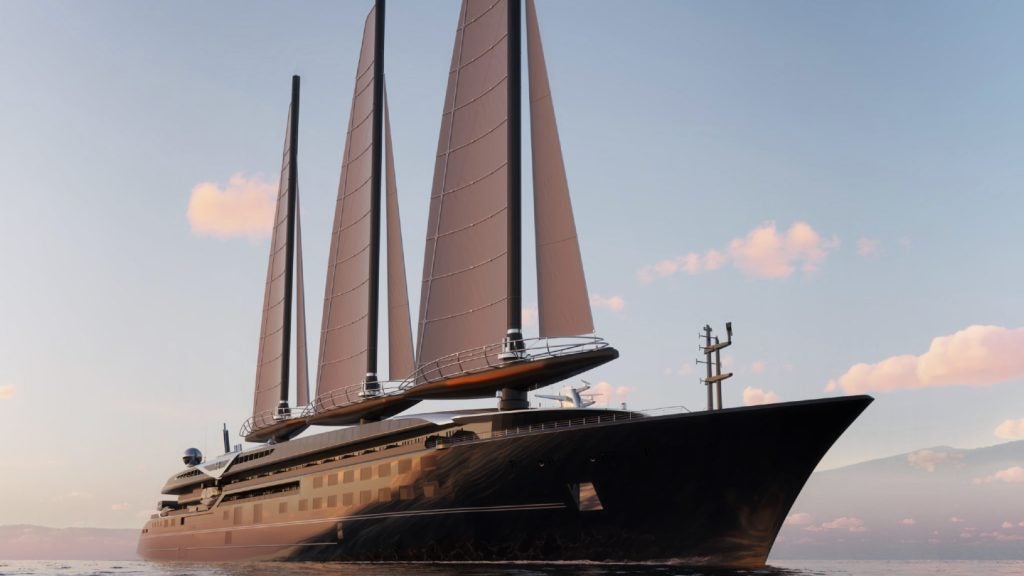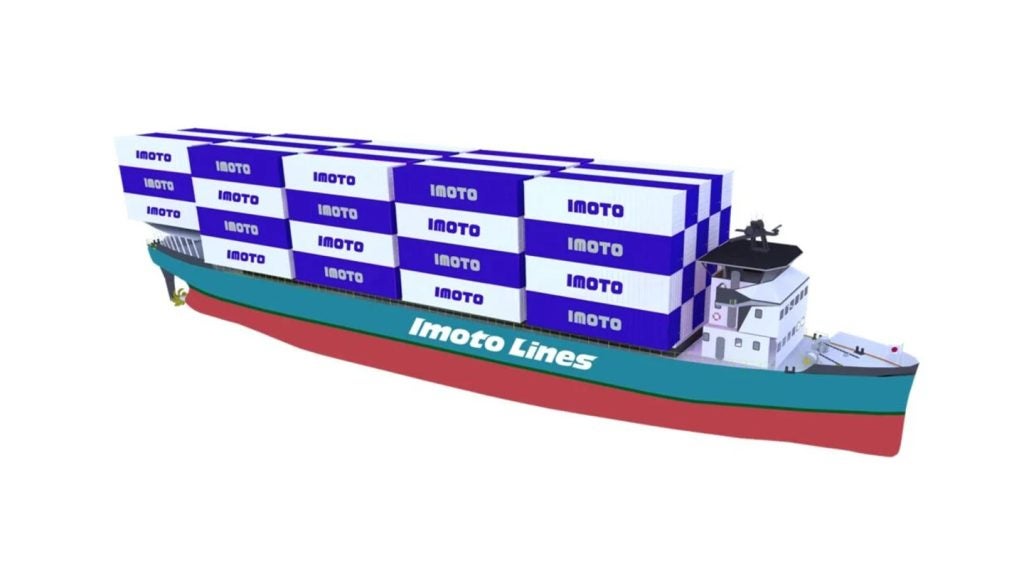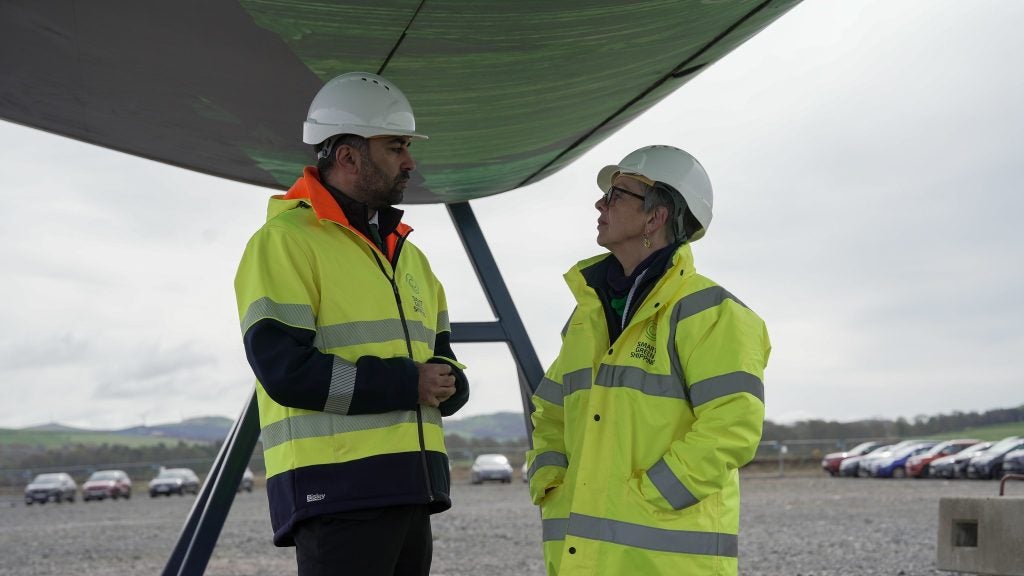
The concept of automated vessels is nothing new. For the past four decades, Erik Tvedt, naval architect at the Danish Maritime Authority (DMA), has participated in conversations and projects about automation that involve what he describes as the same “theories, ideas, and thought processes”.
Over the last few years however, those early ideas have truly taken off in the maritime industry, as digitalisation, automation and autonomous technologies improve and the business case for using them becomes more viable.
“The computer power available today per pound or dollar is so much higher than what we had before,” says Tvedt. “The software tools are also cheaper and easier to use and we now have new sensor technology, night vision systems, satellite communication, broadband communication, the list goes on.”
Last year, Rolls-Royce and global towage operator Svitzer successfully demonstrated the world’s first remotely operated commercial vessel in Copenhagen harbour. A few months earlier, the world’s first fully-autonomous, fully electric containership – called Yara Birkeland – launched in Norway.
While these kinds of autonomous vessels are expected to reduce the overall number of collisions at sea (most of which are caused by human error) the technology does create a number of important legal and regulatory challenges.
The assumption that vessels would always be manned has meant that that none of the international, regional and national codes written over the past 200 years mention automation. Many in the marine industry now believe that this needs to change – and fast.
How well do you really know your competitors?
Access the most comprehensive Company Profiles on the market, powered by GlobalData. Save hours of research. Gain competitive edge.

Thank you!
Your download email will arrive shortly
Not ready to buy yet? Download a free sample
We are confident about the unique quality of our Company Profiles. However, we want you to make the most beneficial decision for your business, so we offer a free sample that you can download by submitting the below form
By GlobalDataDefining automation: consensus needed to regulate autonomy
The first challenge for regulatory authorities, according to Tvedt, will be defining exactly what needs to be regulated. While many people think of autonomous vessels as ships without crews, levels of autonomy can vary from full automation and remote monitoring to simple decision support and automatic course steering.
A commercial ship making a voyage from one port to another, for example, may transition between several levels of automation in a relatively short amount of time. “A ship may leave a port as a manual, traditional ship and then go into remote control,” says Tvedt. “After that it may go into total autonomous mode at night.” As things stand, Tvedt adds, the industry is struggling to agree upon an appropriate definition that includes all of these variations.
“When people say autonomous ships, everybody has their own definition,” says Tvedt. “Put 30 guys in a room and you will have 50 different versions, none of which are necessarily right or wrong. The problem is that we cannot regulate something if we don’t agree what we are regulating.”
Making changes for a new generation of vessels
Once the business of defining automation is complete, regulators will need to consider how applicable existing laws are to this new generation of vessels. Depending on the level of automation a ship has, some fundamental changes may be needed.
The International Regulations for Preventing Collisions at Sea (COLREGs), for example, state that ships must be controlled by human beings and navigated according to a “seamanlike” assessment of specific situations.
According to a recent report written by Rambøll and CORE Law firm for the DMA, this shouldn’t pose a problem for remote controlled ships, since the regulations determine who is controlling the vessel rather than where they are doing it from.
But for fully autonomous vessels using pre-programmed algorithms rather than “seamanlike” assessments, COLREGs could prove challenging. This is particularly true in situations where autonomous ships are operating alongside non-autonomous ships and may react to events in completely different ways.
To get around this, the report recommends drawing up entirely new regulations that take into account decisions made on the basis of pre-programmed choices. It also recommends forging international guidelines to establish exactly which decisions should be left to automated systems and which to humans.
Another challenge is presented by the United Nations Convention on the Law of the Sea (UNCLOS), part of which requires all ships to be “in charge of a master and officers who possess appropriate qualifications” – not something an artificial intelligence system on a fully automated ship will be able to fulfil.
“Artificial intelligence may be able to do the job but how do we verify that?” says Tvedt. “If we have got a human being they have a career path, training, examinations. They go to sea to learn and then they are evaluated. It takes several years before you are allowed to be captain of a big container ship.”
The International Convention for the Prevention of Pollution from Ships (MARPOL) and the International Convention on Oil Pollution Preparedness, Response and Co-operation (OPRC) also requires that ships have special preparedness plans in place in the event of a pollution emergency.
According to the DMA report, “these preparedness plans presuppose the presence of a crew on board vessels”. Similarly, the International Convention for the Safety of Life at Sea (SOLAS) places a major emphasis on the role that crews play in the event of a fire emergency. In both cases, new regulations are likely to be needed.
Other laws may be less challenging and require simple amendments or clarifications. When it comes to liability for example, the DMA report recommends that remote operators are subjected to the same legal, navigational obligations as traditional masters.
To the obligation that seafarers assist persons in distress at sea, the authors recommend clarifying UNCLOS and SOLAS provisions that state ships are only compelled to act if they are “in a position to be able to provide assistance”.
IMO to set international standards
However significant the changes required, to allow autonomous ships to operate in the widest possible area, most accept that future regulations must be based on a set of international standards set by the International Maritime Organization (IMO). Without a unified code, it is possible some ports would simply prevent ships from doing business.
How close regulators are to achieving that unified code depends, says Tvedt, on your definition of automation.
“If you are thinking of a totally autonomous, fully unmanned ship going from one container terminal to another, across the world, then we are far off,” he says.
“But if you picture an autonomous ship as a small research vessel, doing some work in the North Atlantic, then we are already there – it is fully within today’s regulations. Once we agree what we are talking about and get our definitions right, we will be two thirds of the way there.”






